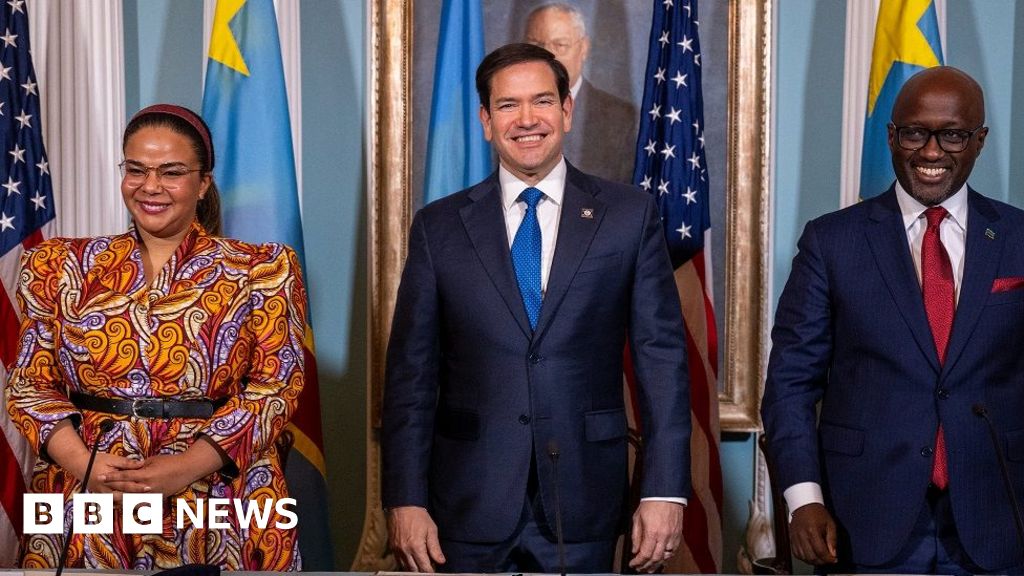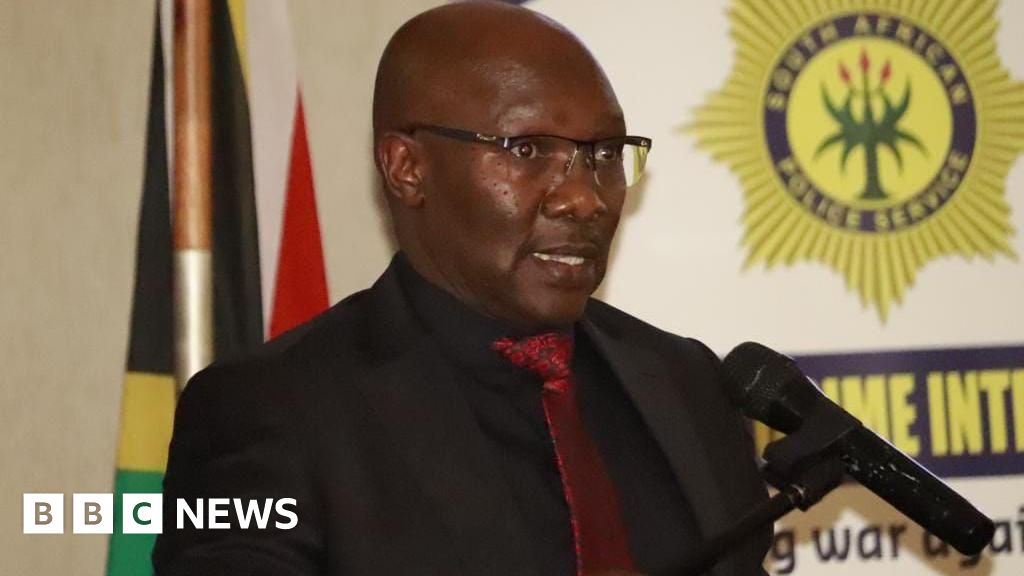The Environmental Protection Agency plans to eliminate Energy Star, the popular energy efficiency certification for dishwashers, refrigerators, dryers and other home appliances, according to agency documents and a recording of an internal meeting.
E.P.A. managers announced during an internal staff meeting on Monday that divisions that oversee climate change and energy efficiency would be eliminated as part of an agency reorganization. That includes the E.P.A.’s climate change office as well as the division that oversees Energy Star.
“The Energy Star program and all the other climate work, outside of what’s required by statute, is being de-prioritized and eliminated,” Paul Gunning, the director of E.P.A. Office of Atmospheric Protection told employees during the meeting, according to the recording obtained by The New York Times. Mr. Gunning’s office itself is also slated for elimination.
For the past 33 years, Energy Star has been known for its recognizable blue label, which shows that an appliance has met energy efficiency standards set by the federal government.
It has been credited with changing the way Americans shop by encouraging manufacturers to make products that use less power, as well as with reducing pollution and greenhouse gas emissions.
Since its creation under the first President George Bush in 1992, Energy Star has helped households and businesses save more than $500 billion in energy costs and to get rebates and tax credits, according to the program’s 2024 report. At the same time, it has also prevented four billion metric tons of greenhouse gases from being released into the atmosphere.
Nearly 90 percent of American consumers recognize the Energy Star label, according to the government. “It’s an easy way for them to identify high energy efficiency equipment,” said Steve Nadel, executive director of the American Council for an Energy-Efficient Economy.
“It’s had widespread support from all presidents except for Trump,” Mr. Nadel said.
President Trump has railed against energy efficient appliances and taken particular aim at shower heads and toilets that are designed to conserve water.
During his first term, Mr. Trump tried to eliminate funding for Energy Star, describing it as not essential to the core mission of the E.P.A. and something that could be run by the private sector. The attempt to defund the program prompted a backlash from lawmakers in both parties who said privatizing it could lower the program’s standards.
Mr. Trump’s 2026 budget plan for the E.P.A. cuts the Office of Atmospheric Protection but makes no mention of Energy Star specifically.
Molly Vaseliou, a spokeswoman for the E.P.A., did not confirm that the program was being eliminated. She said in a statement that the agency had announced “organizational improvements to the personnel structure that will directly benefit the American people and better advance the agency’s core mission.”
A chart obtained by The New York Times indicates that other programs on the chopping block include the E.P.A.’s work on climate economics, climate science, climate policy, greenhouse gas reporting, and a voluntary program in which industries work with agency to slash emissions of methane, a potent greenhouse gas.
The chart says that staff “may be reassigned to other positions” in the E.P.A.’s air offices.
Paula R. Glover, president of the Alliance to Save Energy, a group that promotes energy efficiency, said the Energy Star program costs $32 million but delivers $40 billion in annual savings on utility bills.
“Eliminating the Energy Star program is counterintuitive to this administration’s pledge to reduce household costs,” she said.
Mr. Trump also maintains that the United States faces an energy emergency.
Ms. Glover said she agreed that the country faced an energy crisis, with electricity demand expected to grow by 35 to 50 percent by 2040. That makes energy efficiency efforts like Energy Star crucial, she said.
“We are not going to be able to just build our way out of our energy needs,” she said.
In March, dozens of companies and trade organizations including the United States Chamber of Commerce implored Lee Zeldin, the E.P.A. administrator, to protect Energy Star. They represented a range of industries including heating, lighting, home appliances, and food-equipment manufacturers.
“The ENERGY STAR program is an example of an effective non-regulatory program and partnership between the government and the private sector,” they wrote. “Eliminating it will not serve the American people.”
The changes at E.P.A. are part of a broader restructuring. Last week staff members were informed that scientists would be dispersed from the agency’s independent research office to other divisions where, among other things, they would be tasked with approving the use of new chemicals.
Mr. Zeldin also announced that the agency overhaul would shrink the staffing to levels last seen during the Reagan administration, when it had between 1,000 to 3,000 fewer employees.
Source link


















